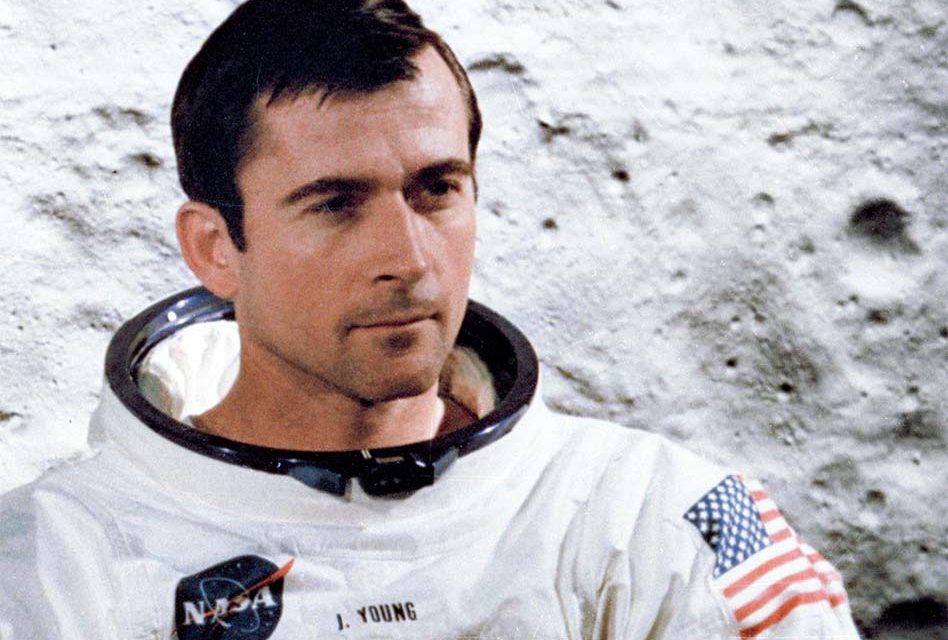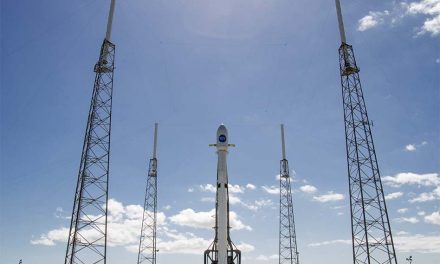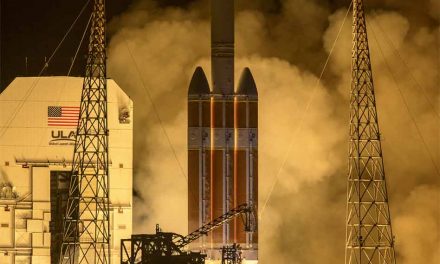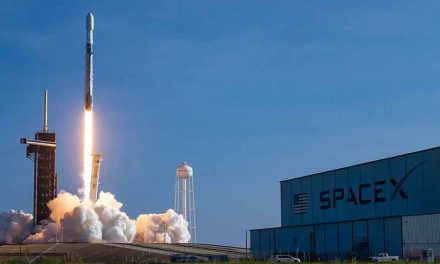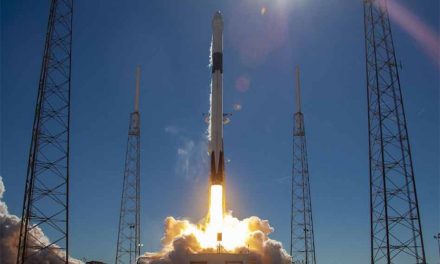On January 5th, 2018 Central Florida lost their legendary NASA astronaut and pioneer Commander John Young. He was truly a space pioneer as his career spanned three generations flying during the Gemini, the Apollo, and the Space Shuttle programs of space flights. He is the only person that participated in three different space programs. His career included “blasting off” six times (including from the moon in 1972), a record that he held for decades.
“To me, John was always the ultimate astronaut,” Space Florida’s Chief of Strategic Alliances Dale Ketcham said. “To have flown vehicles across the decades, he represented the legacy of the U.S. space program like no other.”
Young grew up in Orlando, Florida after his family moved there when he was 18 months old in 1930. His interest in aviation began with him making model planes as a child. He graduated from Orlando High School (now Howard Middle School), John Young Parkway and an elementary school was was later named in his honor. He went on to graduate from the Georgia Institute of Technology with a degree in aeronautical engineering in 1952, and then joined the Navy where he served in Korea as a gunnery officer on a destroyer. Young continued on his career path by becoming a Navy fighter pilot where he flew for four years before becoming a test pilot for the next three years. Young retired as a Navy Captain in 1976 after completing 25 years serving our country.
In 1962 Young was chosen to be a part of the second astronaut class. His classmates included some of the best known astronauts of all time, including Pete Conrad, James Lovell, and Neil Armstrong. His first flight was aboard Gemini 3, the first manned flight for the Gemini program, and later was named commander on the Gemini 10 mission.
Commander Young began his Apollo mission on the Apollo 10 crew in 1969 and flew to the moon along with Tom Stafford and Gene Cernan scouting landing sites for future flights, including the infamous Apollo 11 moon landing. He commanded Apollo 16 in 1972, and became the ninth astronaut to walk on the moon. Not only did he walk on the moon, but he was named chief of the Space Shuttle Branch in 1973 and Chief Astronaut Officer in 1974 of the Astronaut Office at Johnson Space Center. He was also the first commander for the space shuttle program in 1981, successfully piloting space shuttle Columbia on her maiden voyage. His second Columbia mission was in 1983 and was the first “space lab” mission.
During his Columbia missions, Commander Young and his colleagues completed 130 flight tests and 70 space experiments. In addition to his 835 hours of logged space flight, Young was a member of five different back-up crews and logged thousands of flight and training hours.
After his last Columbia mission, Young spent 17 years of dedicated service in Houston Texas where he was named Associate Director of Technical in 1996 and focused on technical, operational, and safety oversight of all NASA activities and programs assigned to the Johnson Space Center until he retired in 2004.
During his career young received over 100 major accolades including Congressional Space Medal of Honor, NASA Outstanding Leadership Medal, Distinguished Service Medals from both the Navy and NASA, and many others. He also received an additional 80 civilian awards and honors including four honorary doctorate degrees. In 1988 Young was inducted into the National Aviation Hall of Fame.
“It would be hard to overstate the impact that John Young had on human space flight,” said Johnson Space Center Director Ellen Ochoa, a former astronaut herself. “Beyond his well-known and groundbreaking six missions through three programs, he worked tirelessly for decades to understand and mitigate the risks that NASA astronauts face. He had our backs.”
There is no doubt that with the passing of Commander John Young we have lost one of the great American heroes of the National Aeronautics and Space Program. He took the words of President Kennedy to heart which sparked a legendary career filled with accomplishments that has bettered all of us by propelling us to the fore front of space exploration and an expert in the field. It was his courage, his bravery, his dedication, and his knowledge that has helped make NASA what it is today. Our prayers condolences are with his family and those that remember his incredible legacy.

